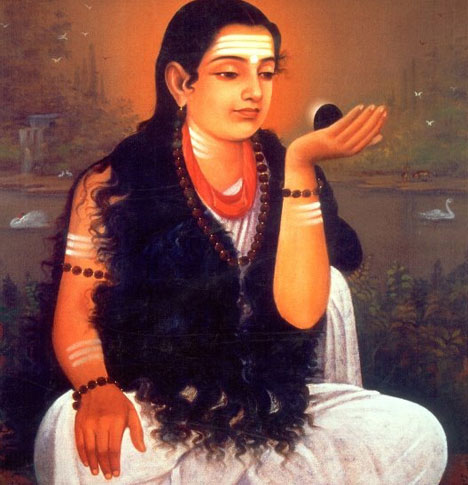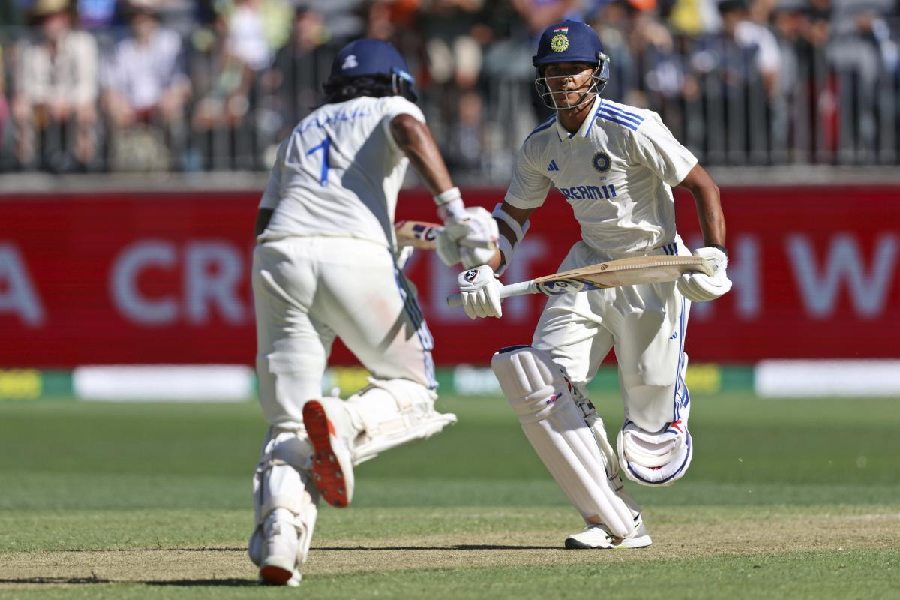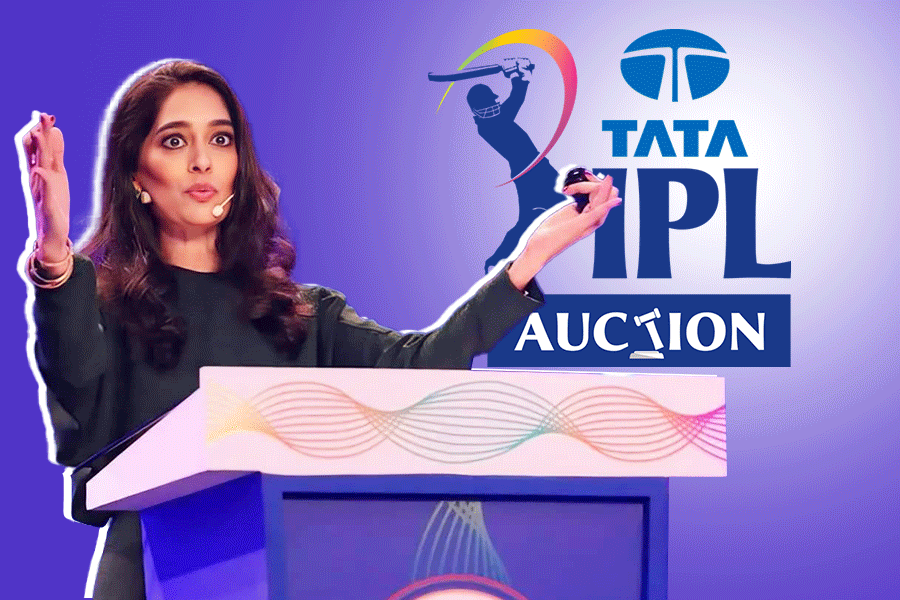They say that well-behaved women seldom make history. Here are some troublemakers who were ahead of their time.

Akka Mahadevi (c.1130-1160)
Born nearly 900 years ago in what is now Karnataka, Mahadevi was a poet in the Veerashaiva tradition, which worshipped Shiva but rejected practices such as caste and worship through priests. She composed around 430 vachanas (poems), many of which reflect her ideas about home and marriage. In one, she said she abandoned home in pursuit of Shiva. In another, she laid down her conditions for marriage, which included the demand for time away from her husband so that she could worship Shiva and interact with scholars. It is unclear whether Mahadevi actually married a king named Kaushika who proposed to her, but there can be no doubt that she did not care for marriage. In one poem, she declared her position on mortal husbands:
Take these husbands who die,
decay, and feed them
to your kitchen fires!
That may sound radically feminist in 21st century India, but the fact is that she has been an enduring icon in Kannada literature. Even Mahadevi’s contemporaries, such as the saint poets Basava and Siddharama, called her akka (older sister) out of respect.

Pandita Ramabai (1858-1922)
The daughter of Sanskrit scholars, Ramabai was born in Madras Presidency. She was 19 when her parents died in the 1877 famine. She and her brother continued their parents’ work, travelling and giving lectures. Her knowledge impressed the pundits of Calcutta, and earned her the title of “Pandita” from Calcutta University in 1878. By age 24, Ramabai had lost her brother, married out of caste in a civil ceremony, had a daughter, and become a widow.
She moved to Pune to work for the cause of women and girls. She urged the colonial government to appoint women as school inspectors and admit them to medical colleges (this when there were only a couple of women’s medical programs in the world, and some 60 years before Harvard Medical School started admitting women). She went to the UK for medical training, but plans changed after she converted to Christianity. She went to the US to attend the graduation of India’s first woman doctor, Anandibai Joshi, and raise money to help India’s child widows. She built a home for them near Pune, rescuing them from famine and poverty.
Ramabai upset every section of society. Brahmins – including top social reformers – disapproved of her marriage and conversion. Her British Christian friends disapproved of her abandoning medical studies and taking up the cause of widows. And the British government in India was extremely uncomfortable with her Christian fervour. Remarkably, the home she founded is now in its 129th year, serving orphans, widows, and unwed mothers.

Dr. Rukhmabai (1864-1955)
Rukhmabai is as famous for being one of India’s first women doctors as for being a child bride who resisted oppressive tradition. At age 11, she was married to a man eight years her senior. In an unconventional understanding, he agreed to be a ghar jamaai (live with his wife’s family) and complete his education. When Rukhmabai reached puberty just a few months into her marriage, he wanted to consummate the marriage but her step-father, a well-known doctor with progressive leanings, opposed it.
Unhappy with the situation, Rukhmabai’s husband moved in with another relative, accumulated debts and avoided education. Meanwhile, 12-year-old Rukhmabai studied at home with books borrowed from a mission library, and hobnobbed with progressive-minded Indians and Europeans in her parents’ social circles. When she was 20, her husband sued for his conjugal rights. The high-profile court battle sparked intense debates in the newspapers. In 1887, citing Hindu laws, a British judge ordered Rukhmabai to go and live with her husband or face six months in jail. Rukhmabai said she preferred prison. In an editorial, the freedom fighter Balgangadhar Tilak attributed her attitude to her education and declared that Hinduism was in danger. Rukhmabai appealed to Queen Victoria, who overruled the court and declared the marriage void.
Her supporters raised money for her to study medicine in England, and she graduated from the London School of Medicine for Women in 1894. She returned to India and served as Chief Medical Officer of a women’s hospital in Surat, and later in another hospital in Rajkot. She retired in 1929, at the age of 65.

Bhikaiji Cama (1861-1936)
Born into an elite Parsi family in Bombay, she studied at what is now the Alexandra Girls’ English Institution. At 20, she married a wealthy pro-British Parsi lawyer, but it was not a happy marriage. She became involved in social work during the famine and plague of the 1890s, and went to London for treatment after she herself contracted the plague. There she encountered Indians who were opposed to British rule in India, including Dadabhai Naoroji.
On learning that she had to promise in writing that she would refrain from nationalist activities in India, she chose instead to go to Paris, from where she distributed nationalist literature that was smuggled into India through the French territory of Pondicherry. She also smuggled guns concealed in toys, to support the resistance. She helped design an Indian flag that was first flown in Frankfurt in 1907. She was also a supporter of women’s equality.
In her 70s, her health took a turn for the worse and she returned to India, where she died. She willed a significant portion of her wealth to the Avabai Petit orphanage for girls in Bombay.

Gaidinliu (1915-1993)
Born in Manipur, Gaidinliu belonged to the Rongmei tribe. When she was just 13, she joined the Heraka movement led by her cousin, which sought to revive the Naga tribal religion and resist conversion to Christianity. At age 17, Gaidinliu mobilized this movement against British rule, urging the tribals to resist oppressive measures by the British and to refuse to pay tax. She led armed rebellions against the colonial state. The British tried many ways to catch her, including deploying troops, offering monetary rewards, even faking a marriage proposal. She went underground and travelled across Manipur, Nagaland, and Assam, gaining support for her movement.
Eventually Gaidinliu, still a teenager, was caught, convicted on charges of murder, and sentenced to life. Most of her close associates were imprisoned or executed. She remained incarcerated until the age of 32, and was freed when India became independent.
After being freed, she continued working to improve the condition of tribal people, but was unpopular among some Nagas who had converted to Christianity, and especially among supporters of the secessionist Naga National Council (NNC). She went underground again in the 1960s to oppose the NNC and press for a separate Zeliangrong tribal territory within India. In 1966, she emerged from hiding and pursued her goals through peaceful and democratic means. She died at the age of 78.

Tarabai Shinde (1850-1910)
Born in what is now Maharashtra, Tarabai was home-schooled by her father, a government clerk, in Marathi, Sanskrit and English, because there was no girls’ school in the area. She knew the social reformers Jyotirao and Savitribai Phule, and was a founding member of their organization, Satyashodhak Samaj. The Phules opposed caste and favoured the education of girls, which made them radicals of their time.
In 1882, she wrote a long essay in Marathi, titled “Stree-purush tulana” (a comparison between men and women), in response to an article in a conservative Pune newspaper about a young Brahmin widow who had been sentenced to death for murdering her illegitimate child. In the course of her social work, Tarabai knew that upper-caste widows were forbidden to remarry, and vulnerable to sexual abuse. Tarabai’s essay shed a harsh light on the hypocrisy of traditions that forced women to walk the tightrope between virtue and “prostitution”.
It is telling that Tarabai’s pamphlet, which had a print run of 500, fell into oblivion until it was revived more than 60 years after Tarabai’s death. And it is even more telling that it is still relevant.











